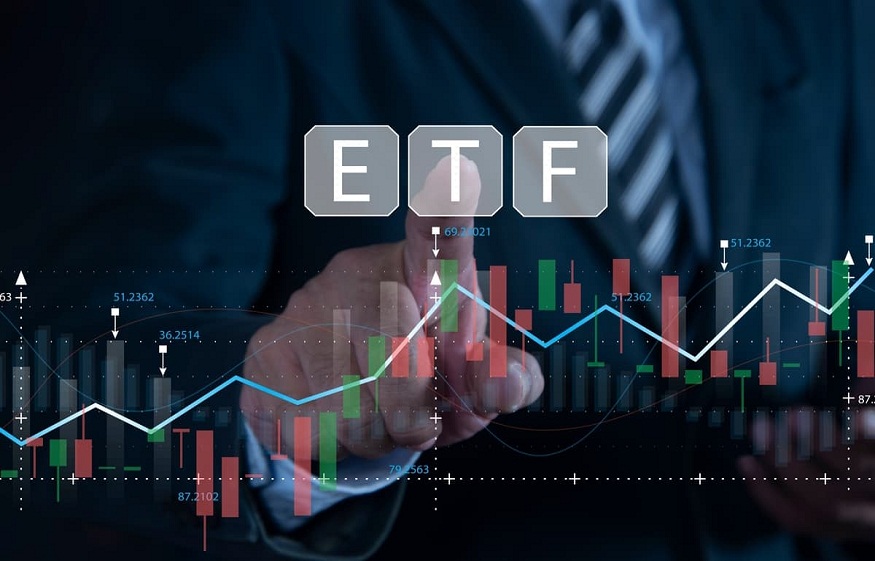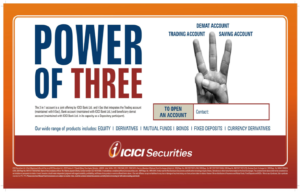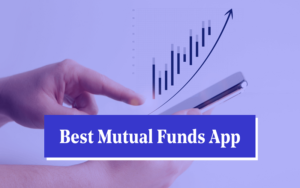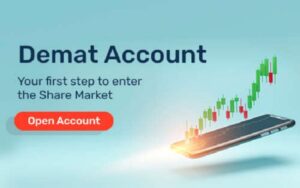How to Trade ETFs Using CFDs: Sector Exposure and Tactical Allocation for UAE Traders

In an increasingly globalised investment environment, UAE-based traders are seeking tools that provide both flexibility and focused exposure. Trading Exchange-Traded Funds (ETFs) through Contracts for Difference (CFDs) offers a hybrid approach—one that combines the diversity of ETFs with the agility of CFDs. This strategy allows investors to target specific market sectors while employing tactical allocation techniques to capitalise on both bullish and bearish market conditions.
This article explores how UAE traders can approach ETF trading using CFDs, focusing on sector-based opportunities and strategic positioning.
Why Trade ETFs with CFDs in the UAE?
UAE traders are uniquely positioned to benefit from trading ETFs via CFDs due to a combination of access, tax advantages, and advanced trading platforms. CFDs offer the flexibility to trade international ETFs that might otherwise be difficult to access through local brokerages. They also eliminate the need for direct ownership, simplifying matters related to custody, dividends, or foreign exchange conversions.
With no capital gains tax for individual investors in the UAE, CFD trading can also be more tax-efficient than in other regions. Moreover, CFDs allow traders to employ short-selling strategies, providing hedging options during market downturns—something not easily done with traditional ETF investing.
For many active traders based in Dubai, Abu Dhabi, or across the Emirates, ETF CFDs offer a dynamic way to align market exposure with macroeconomic insights or short-term opportunities.
Sector Exposure Through ETF CFDs
One of the most compelling reasons to trade ETFs using CFDs is the ability to target specific sectors of the economy. Whether you’re bullish on the recovery of global tourism, optimistic about renewable energy, or looking to ride the AI wave through tech ETFs, CFDs give you access to sector-specific funds without needing to trade individual stocks.
Sector ETFs track baskets of companies within a particular industry. For example, an energy ETF may include major oil producers, pipeline operators, and renewable energy firms. With a CFD, you can speculate on the entire sector’s direction without analysing each stock individually.
Popular Sector ETFs Among UAE Traders
While preferences vary by strategy and risk appetite, certain sector ETFs have gained traction among traders in the region:
- Technology: ETFs like QQQ (tracking the Nasdaq-100) or XLK (Technology Select Sector SPDR Fund) are popular for accessing high-growth tech companies.
- Energy: With the UAE’s close ties to the oil and gas industry, ETFs such as XLE (Energy Select Sector SPDR Fund) attract traders who want to mirror commodity movements.
- Healthcare and Biotech: ETFs like XLV or IBB allow exposure to pharmaceutical and medical innovation.
- Emerging Markets: Funds focused on emerging Asia, Africa, or GCC-specific sectors (if available via your broker) are increasingly being explored for growth diversification.
Macroeconomic Factors Driving Sector Selection
Sector ETF performance is closely tied to economic cycles, central bank policies, and geopolitical trends. For instance:
- Rising interest rates may benefit financial sector ETFs but hurt real estate.
- Volatile oil prices often impact energy-focused ETFs.
- Global inflation concerns can drive up commodity-linked ETFs like those tracking gold or industrial metals.
UAE traders, often informed by macro trends such as China’s manufacturing recovery, OPEC decisions, or regional infrastructure spending, can use ETF CFDs to position for sector rotations with agility.
Tactical Allocation Using ETF CFDs
Traditional ETF investors often follow a passive approach—buy and hold strategies designed to mirror market performance over time. Trading ETFs through CFDs, however, supports a more active approach. Tactical allocation involves shifting exposure based on short-term market conditions or expected sector performance.
With CFDs, traders can act quickly, entering or exiting positions based on technical signals, earnings reports, or macroeconomic news. This fluidity is particularly valuable when navigating volatile conditions or rotating between growth and defensive sectors.
Trading Strategies for UAE-Based CFD ETF Traders
CFDs offer a variety of short-term trading strategies tailored to the fast-changing nature of sector ETFs. These include:
- Trend Following: Buying into sector momentum, such as bullish trends in AI-related tech ETFs or clean energy funds.
- Mean Reversion: Taking short-term contrarian positions on overbought or oversold sectors.
- Event-Driven Plays: Capitalising on sector volatility during earnings season, Fed rate decisions, or geopolitical events.
Traders can also hedge their equity exposure by shorting ETFs that represent vulnerable sectors, thereby limiting downside risk during market turbulence.
Risk Management and Position Sizing
Trading leveraged products like CFD-based ETFs requires disciplined risk control. Because leverage can magnify both gains and losses, traders must apply strict risk management protocols.
- Always set stop-loss orders to limit potential losses.
- Use take-profit levels to lock in gains when a trade reaches your target.
- Apply position sizing rules to prevent overexposure to any single sector or theme.
- Monitor the correlation between different ETF positions to avoid unintended concentration risks.
Successful UAE-based CFD traders treat risk management as a central pillar, not an afterthought.
Conclusion
For UAE traders seeking sector-specific exposure with tactical flexibility, ETF CFDs present a compelling solution. By merging the diversification benefits of ETFs with the agility of CFDs, investors can respond quickly to macro trends, rotate between sectors, and hedge against market uncertainty—all while leveraging tax efficiencies and sophisticated platforms.
As always, the key lies in blending informed strategy with prudent risk management. Whether you’re exploring how to trade ETFs for the first time or refining your tactical approach, CFD-based ETF trading offers a versatile path forward in the dynamic global market.







